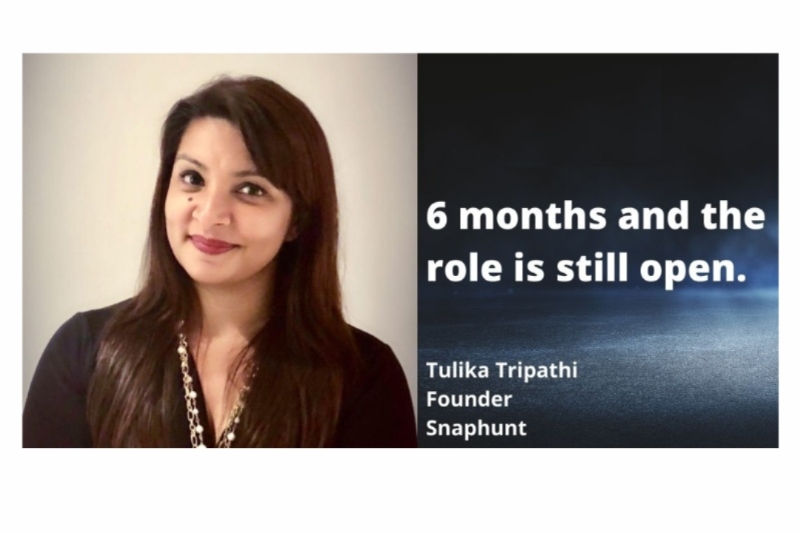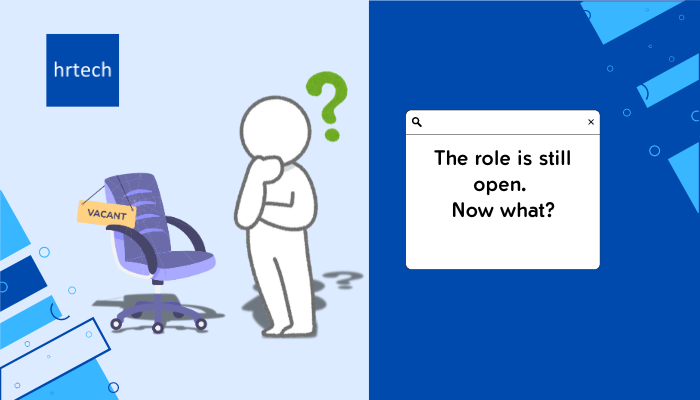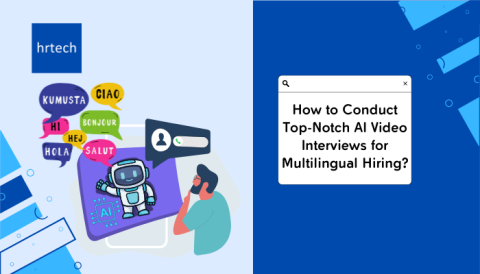Once the role is out in the market for a long period of time, most candidates hesitate to consider it, as they believe something is ‘wrong’ with the role or the manager or the organization in general

It has been 6 months and you have interviewed multiple candidates for this open role. They have either not been a fit or the few that have been a fit have not been interested in pursuing this opportunity. You are now at an impasse. Sounds familiar?
This situation happens more often than you can imagine, and many companies find themselves stuck with this sort of a tough to fill open roles, sometimes indefinitely. Unfortunately, unfilled roles can lead to a significant loss of time, money and business opportunity. If you are facing this situation, it may be time to ask yourself some questions.
Have you opened up the search to as many channels as possible?
If you have tried every channel of direct sourcing such as direct headhunting, advertising and asking for employee referrals to no avail, it may be time to consider engaging headhunters to help you locate the right talent. While they are expensive, in such situations, paying a head hunter on a success basis may turn out to be more cost effective than the lost opportunity of keeping this vacancy open for an indefinite period of time.
Have you considered changing the requirements?
It is sometimes a good idea to take a step back and consider why certain target candidates have not been interested in the role. Is the scope too narrow? Or too wide? Is there a mismatch between the profile and salary? Think about how you can adjust the role so that it can target a wider pool of candidates.
Is this role actually better off as 2 roles?
Maybe there are too few candidates that have everything you need. Is there any way you can split this role into 2 different roles? This could be 2 different permanent roles or in some cases, maybe you would be better off hiring an experienced contract employee to start off with and then hire a permanent employee with a slightly different profile. For example, if you are looking for a CFO who can put in place an ERP system and then later manage a small team, it may be better to initially hire a contractor for the system implementation and then hire a CFO who may not have ERP implementation experience but has the required skill to manage the team post the implementation.
Have you considered training an existing employee into this role?
This can kill 2 birds with one stone. Upskilling your high performer and investing into training them into this role is a great way to motivate and retain your best talent. The additional benefit is that, you have someone with a great track record of performance who can potentially take on a role which is tough to fill externally.
Is everyone on board with the new action plan?
Before you implement any new approach for filling this role, ensure that all stakeholders recognize the issue and are part of the decision-making process concerning next steps. It is important that everyone concerned realizes that if there is no change in approach or requirements, there is likely to be no change in the outcome.
Finally, have you considered starting over?
Once the role is out in the market for a long period of time, most candidates hesitate to consider it, as they believe something is ‘wrong’ with the role or the manager or the organization in general. Once you have made the changes above, by either changing the role’s scope or splitting the role, advertise your new requirements as a fresh role(s). Also, review your talent pool with a fresh eye, is there anyone who could be a fit given the new requirements?
In all the above cases, changing tactics will pull you out of the hiring rut you are in, and send you on your way to recruiting the right talent!
About the author :

Tulika Tripathi is a senior leader with two decades of experience across multiple geographies. She has deep recruitment and leadership expertise and previously been the Executive Director for Michal Page Geneva, Managing Director for Page Group Singapore and Michael Page India as well as Managing Director-Asia for Hudson Global. Tulika is the Founder of Snaphunt – an AI driven recruiting platforms that helps companies hire talent for a skill and culture fit. She is also the author of Alice in Corporateland, a book on career success published by Penguin. LinkedIn
About Snaphunt:
Snaphunt is an end-to-end remote hiring platform that helps employers find, screen, engage & hire white-collar talent across geographies for a skill & culture fit.
Snaphunt’s cutting edge sourcing algorithms give employers instant access to relevant talent from its database of over half a million white-collar professionals as well as millions of candidates from multiple data sources.
Employers can also remotely screen & manage their hiring process with asynchronous & live video interviews and receive AI reference checks on their finalists to ensure strong hiring accuracy.
Snaphunt’s intuitive interface and powerful automation, such as automated job descriptions and one-click response management managing your hiring a breeze.
You can also easily collaborate with your team on hiring so that everyone stays aligned. Snaphunt also offers ‘Flexperts’ who can coordinate hiring projects for employers looking for additional support to rapidly scale up their teams.






